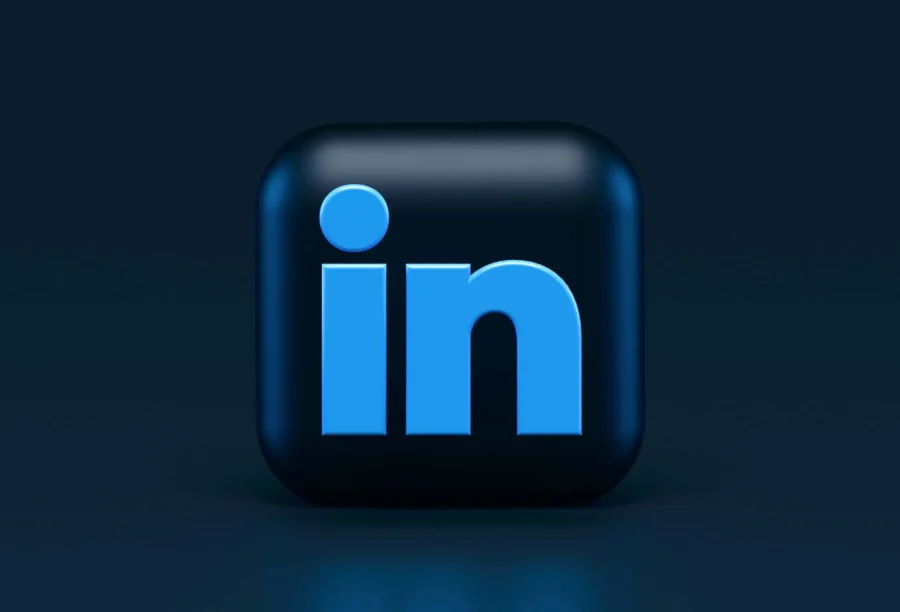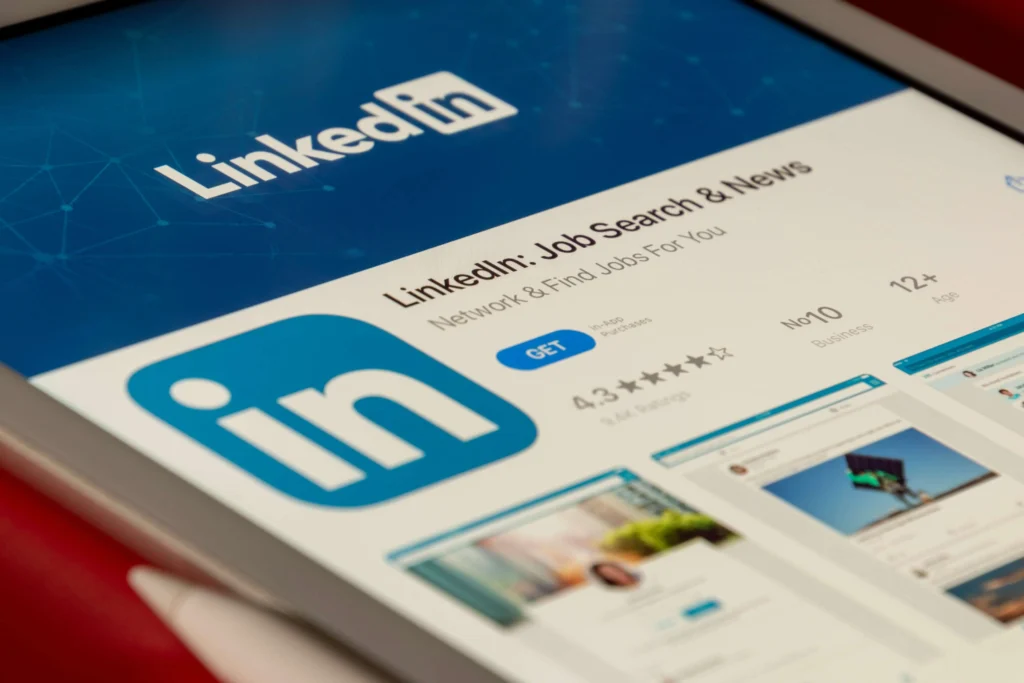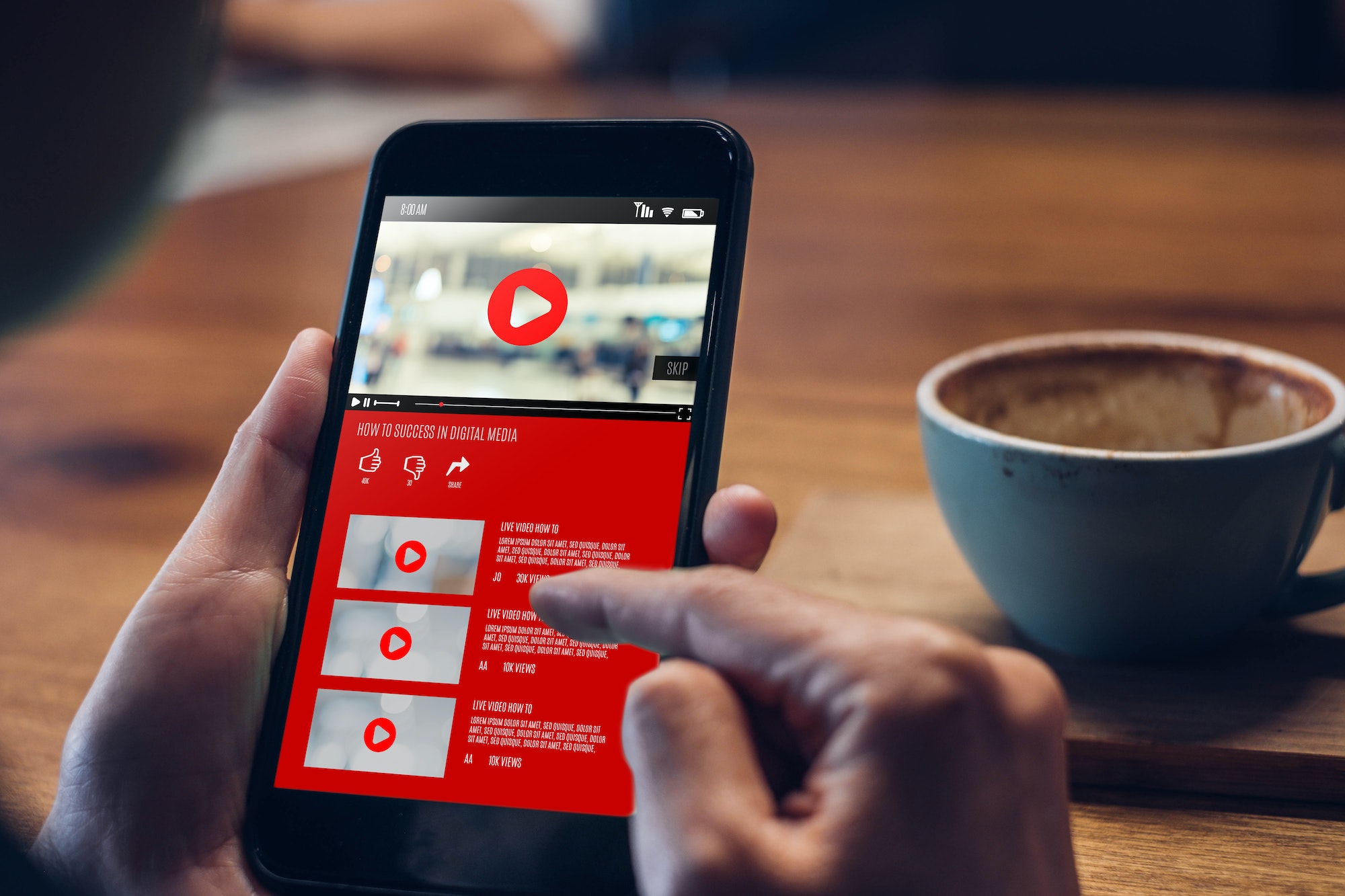
Estimated reading time: 10 minutes
LinkedIn is a rapidly exploding platform for lead generation thanks to its compelling capabilities to drive business growth. Two core elements lie at the heart of its success for B2B lead generation:
- LinkedIn’s expansive database. With over 1 billion members, and active users fast to update their profiles with new information, it is a rich source of up-to-date data. And it’s readily accessible to growth marketers.
- Its excellent targeting capabilities. Even with a standard LinkedIn account, search filters are good. You can find prospects based on criteria including Location, Industry, Service Categories, and Keywords in their titles. But use Sales Navigator or Recruiter and you’ll discover even more filters that allow you to be hyper-targeted. For example, if you’re looking to engage with people who have recently started at a company or people who have been mentioned in the news, then you can. Imagine how relevant you can make your messaging and the potential on your conversion rates.
However other factors are driving the trending growth for LinkedIn as a lead generation tool.
Statistics show that LinkedIn is the top social channel for engagement. 77% of content marketers declare LinkedIn to deliver the highest organic result of all social channels, with 99.63% of LinkedIn search traffic coming from organic traffic, rather than ads. A few years back LinkedIn was cited by Huspot as being 277% more effective at visitor-to-lead conversion than X or Facebook.
So when it comes to the battle of the social channels, there is strong evidence to support that an organic LinkedIn strategy is the most successful.
Furthermore, Google and Yahoo’s move in February 2024 to require bulk email senders to authenticate their emails only seems to confirm that the downward trend in email effectiveness is a genuine issue that needs to be tackled.
Marketers are reporting a reduction in the effectiveness of email marketing. Open and click rates are reducing, and although Mailchimp cites open rates of 30-40%, the realistic open rates we hear of are nearer the 18-25% mark, and if we can get a 2% click-through rate then we’re generally doing well.
Email marketing platforms like Woodpecker are introducing LinkedIn as a channel to their email workflows to offer clients more effectiveness.
Aside from traditional marketing strategies like SEO, which still outperforms many channels, it certainly seems that all roads lead in the same direction. Towards LinkedIn for lead generation.
Related Articles
LinkedIn Marketing Automation

With LinkedIn, we have the benefits of a rich, up-to-date database, accurate targeting and strong conversion statistics.
However, proactively targeting prospects by taking a manual approach on LinkedIn is time-consuming. This can be a major setback to businesses, putting the breaks on their growth momentum unless that is, they’re using LinkedIn marketing automation.
LinkedIn marketing automation is brilliantly effective at improving productivity when you use it to perform activities that require very little human thought. These are usually your early-stage outreach actions.
Let’s look at a typical manual LinkedIn outreach program and see where we can put LinkedIn automation to work.
Manual LinkedIn Outreach Program

Step 1 – Assessing A Profile.
You look at someone’s profile to see what they do, whether they are active on LinkedIn, whether they have certain keywords in their profile description and ultimately decide whether they’d make a good prospect. By using this manual approach, you’re able to decide on whether each LinkedIn profile makes a good prospect.
Whilst this is great in theory, we’ve just talked about the power of LinkedIn search and how powerful it is. So, by being effective with your search, then we can automate this profile visit process.
But you may be asking what the point is of even visiting a profile if you’re not going to personally assess it. Well, the truth is that we’re curious by nature. If you see someone looking at your profile, you’re probably going to look at theirs back, right?
So if we can automate the profile visit process, we’re going to get profile views back. And this raises awareness of your brand.
Can we automate this step? Absolutely, this is a standard feature of LinkedIn automation tools like Linked Helper.
Step 2 – Growing Your Network
You’ve visited a profile, and they may have even visited you back. So what’s next? We invite them to connect. It’s the first real ‘outreach’ action, aimed at getting a relationship off the ground.
When you send a connection invitation, you have the choice to put a message in or not, and here the connection acceptance rates are conflicting. Depending on what industry you’re in, and how relevant your messaging is, a strong connection message can result in 70% connection acceptance rates, or, you can have more success by leaving the message blank.
Assuming that we’ve carried out a great LinkedIn search that’s hyper-targeted, then we’d advise that a personalized, relevant connection message offers the best acceptance rates. Regardless of whether we add a connection message or not, you can set up a connection message with personalization that looks handcrafted to the recipient. It’s a great action to automate and save hours.
For example:
“Hi FN,
I came across you in the Growth Hackers Group, and thought we could benefit each other from sharing expertise.”
Here the first name will be personalized every time. And by showing a common interest, it’s more relevant than a blank connection message.
Can we automate this step? Absolutely, although we recommend a LinkedIn automation tool that can personalize your connection invitation messages.
Step 3 – Lead Generation
Most people who use LinkedIn know how to grow their network, it’s just a matter of whether they have the time to do it. But what happens once someone has accepted your invitation? What then?
Well, now it’s time to properly engage. And here you have a few options as to the approach you take.
You could start sending messages about your company and services, going straight for the jugular, but what tends to work well is if you engage with a prospect by asking questions. I’ve found this the best way to start a conversation with your connections. After all, people like to talk about themselves, right?
I tried various approaches for both a branding agency and a financial reporting company. In both examples, I tried 3 different follow-up approaches:
- Asking an open question to see whether they got involved in the subject of interest
- Offering content to see whether they would like to have some industry insight
- Going straight for the sale, the ‘are you interested?’ approach.
The benefit of approach 3 is that when someone does reply, they’re usually a pretty hot lead. But you’ve got to play a pretty numbers game here to hit the right person at the right time.
With approach 2, despite the popular trend of offering something for free to establish trust, in reality, we’re all busy people and don’t have time for this.
The clear winner in terms of eliciting responses was approach 1. We’ve had a 20-30% response rate to the open question approach – an approach that I remember learning in sales at least 20 years ago.
Why does this work? I believe it’s because again, we’re curious. If someone asks whether we get involved in a discipline, we want to show our talents and find out why someone is asking us the question. Is it a job offer, or is it because we have a need that requires filling?
The fact is, it does a good job of opening up a conversation. And this is how we can start to build relationships. And a very basic question like this is perfect for automating.
So can we automate this approach? Absolutely, with ease. You can even use AI to generate your campaign messaging.
But, if this ‘open question’ approach doesn’t elicit a response, we should try again. The old saying goes that it takes 7 touch points to elicit a response, so we shouldn’t give up after just 2, should we?
And don’t be offended if you don’t get a response from your first message. People are busy. It’s time to try a different approach. We could talk about something topical in the market, or ask a different question, like their view on a policy or change in the industry. I think a second open question is very reasonable and shows interest. And again, something that can be automated.
We can keep sending automated messages, personalizing them, and trying different approaches/messages, testing each one until we know which is the most successful at eliciting a response. Marketing is all about the statistics and the data after all.
So can this step be automated? Yes, to a point….But test and measure, and then refine your approach based on the statistical evidence.
Step 4 – Lead Qualification
When we get a bite of the cherry, i.e. someone responds to a step in our LinkedIn outreach, we have a different task to fulfill, and that’s one of lead qualifications.
At this stage, we should start to evaluate the response given to decide on the best next step. It may be a simple statement in response to your question, which may lead you to continue your outreach message as in your campaign. Or, it could be that you are asked a question in return, which requires a thoughtful response.
In the art of converting prospects to leads, responding accurately can be a critical step in your outreach process. You only get one chance to move the relationship forward at every step, so it’s important to make your response count.
The lead qualification and ongoing nurture process should always be manual, with you deciding on the next best course of action once you get a response to your automated outreach.
So can this led qualification step be automated? No, this is where your LinkedIn marketing automation should stop, and manual outreach begin.
Quantifying LinkedIn Automation
So here we have covered 4 steps of manual LinkedIn outreach and confirmed whether we can automate each step or not. The conclusion is that we can automate the majority of the outreach process, and only need to invest time on manual outreach once a prospect has replied.
But you may be wondering whether automation is an effective strategy, or does it fail to hit the mark when it comes to engagement on LinkedIn?
This is where we should look at the numbers, and there is genuine here evidence to suggest that automating your LinkedIn can offer huge productivity advantages. Here are some examples:
- A branding agency gains 9 new LinkedIn page followers every day at a time investment of just 12 minutes each day, that’s 1 new follower for every 1.33 minutes spent on LinkedIn
- A sales coaching agency generated $200,000 of business in 24 months by automating a 30-day LinkedIn outreach workflow
- For the same company, 70% of prospects responded after the third outreach message, highlighting the importance of sustained outreach
- A data analysis company drove more LinkedIn results in just 5% of the time spent when using automation vs a manual approach
- An insurance company drove 3 x website traffic and gained a database of 1000 leads in 3 months
From these examples, it’s clear to see that automating the LinkedIn marketing strategy offers huge benefits. This 10-step LinkedIn workflow template, developed from assessing LinkedIn outreach campaign data from multiple users, will help you create your first marketing automation campaign approach. Why not try it out and see for yourself whether the rising LinkedIn marketing automation trend can work for you?
Contact Matchbox Design Group Today!
If your website could use a refresh or you’re looking to drive more traffic to your site, fill out the form below and we’ll contact you to learn more about your digital needs.

